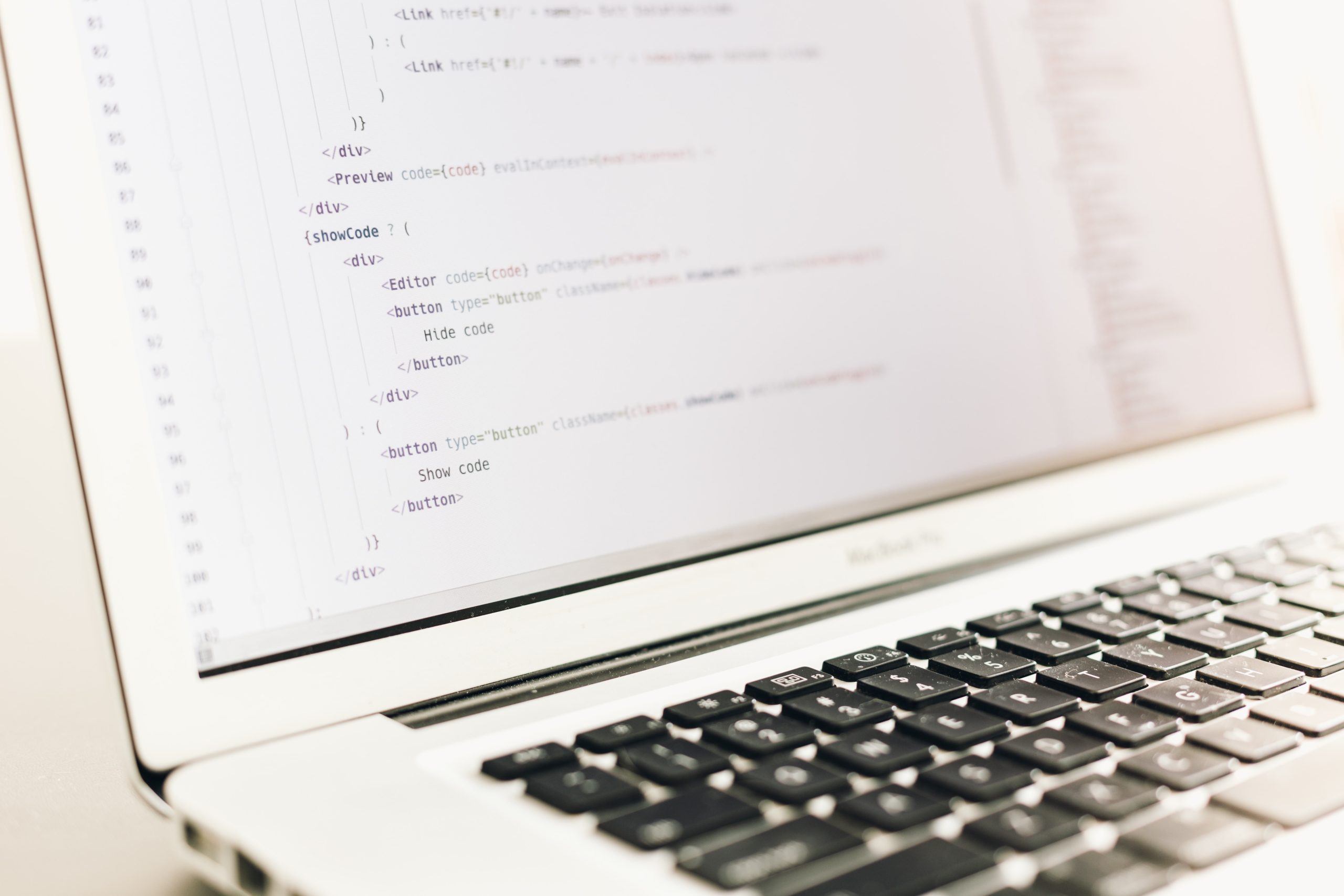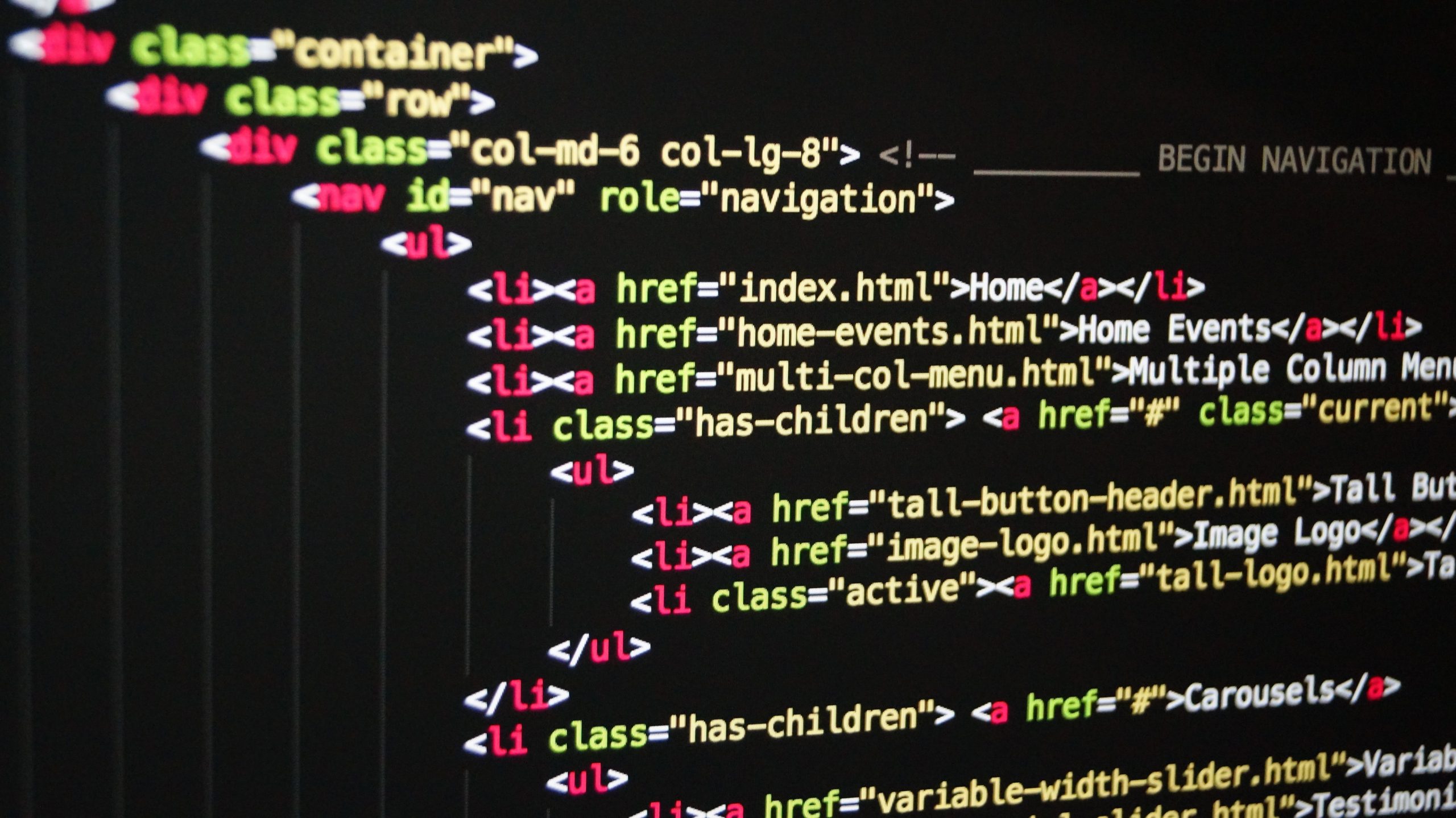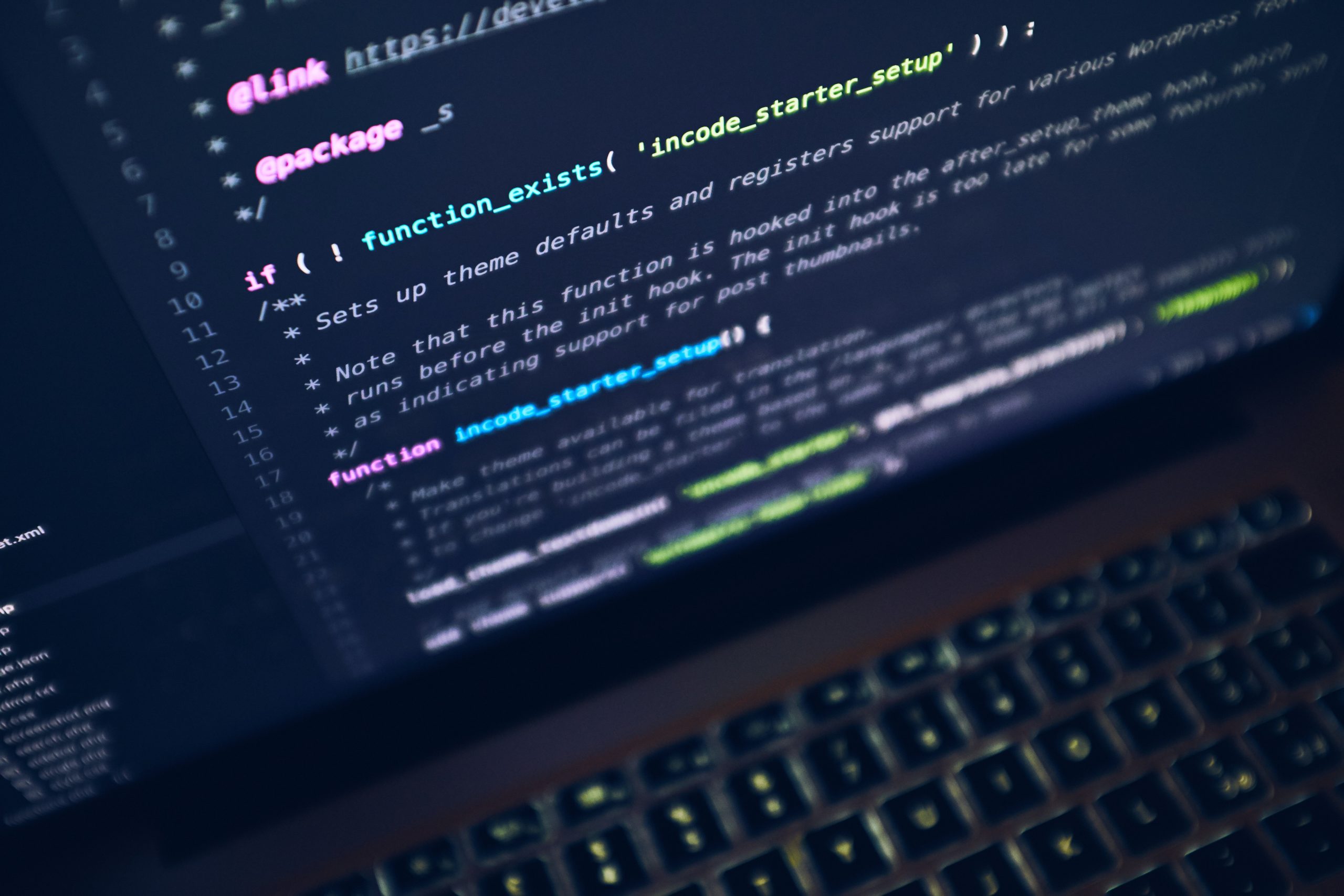Are you tired of encountering the dreaded Python Error: legacy-install-failure? You’re not alone! Every programmer has faced this frustrating issue at some point, but fear not, for I am here to show you how to fix it once and for all. Whether you’re a seasoned developer or just starting your coding journey, this article will provide you with simple yet effective solutions to overcome this notorious error. So grab your coding gloves and let’s dive into the world of legacy-install-failures and how to conquer them!
Understanding the legacy-install-failure error in Python
One of the most frustrating errors you might encounter when trying to install a Python package is the legacy-install-failure error. This error message typically occurs when you are using an older version of Python that does not support certain features or dependencies required by the package you are trying to install. It can be particularly perplexing if you’ve successfully installed other packages without any issues.
To fix this error, the first step is to check which version of Python you are currently using. You can do this by running the command `python –version` in your terminal or command prompt. If you have an outdated version, consider upgrading to a newer one that supports the package requirements.
Another potential solution is to create and activate a virtual environment before attempting to install the problematic package. Virtual environments provide a clean space where you can isolate project-specific dependencies and avoid conflicts with other packages or system settings. By creating a virtual environment with an updated version of Python, you can ensure that all necessary dependencies will be compatible and eliminate any potential legacy issues causing the installation failure.
In conclusion, encountering a legacy-install-failure error while installing a Python package can be frustrating but manageable. By checking your current Python version and ensuring it is up-to-date, as well as utilizing virtual environments to isolate dependencies, you’ll be able to overcome this issue and successfully install your desired package without any trouble.
 Common causes of the legacy-install-failure error
Common causes of the legacy-install-failure error
One common cause of the legacy-install-failure error in Python is outdated or conflicting dependencies. Python packages often rely on other packages to function properly, and if these dependencies are not up-to-date or incompatible with each other, the installation process can fail. This issue is especially prevalent when trying to install older versions of Python packages that may not be compatible with newer versions of dependencies.
Another cause of the legacy-install-failure error is permission issues. When attempting to install a Python package, it requires certain permissions to access and modify system files or directories. If you do not have the necessary permissions, either because you are not logged in as an administrator or your system does not allow installations without explicit permission, you may encounter this error.
Additionally, internet connection problems can also lead to the legacy-install-failure error. The installation process for Python packages typically involves downloading files from online repositories and servers. If your internet connection is unstable or interrupted during this process, it can result in incomplete downloads and ultimately lead to a failed installation attempt.
By understanding these common causes of the legacy-install-failure error, you can approach troubleshooting more effectively and find solutions tailored to your specific situation. Whether it’s ensuring all package dependencies are up-to-date and compatible, adjusting permissions for installation, or fixing any internet connection issues – addressing these underlying factors can help resolve this frustrating Python error and get back on track with your programming tasks effortlessly.
Troubleshooting steps for fixing the error
If you are encountering the Python error message legacy-install-failure, don’t panic. This error typically occurs when trying to install a package using a legacy installation method that is no longer supported by Python. Fortunately, there are several troubleshooting steps you can take to resolve this issue and get your package up and running.
The first step is to ensure that you are using the latest version of pip, the package installer for Python. You can do this by running the command pip install –upgrade pip in your terminal or command prompt. Upgrading pip may help resolve any compatibility issues with the legacy installation method.
If upgrading pip does not solve the problem, another possible solution is to check if there is an alternative installation method available for the package you’re trying to install. Some packages may have updated their installation process or provided specific instructions for users experiencing this error. Checking the documentation or online forums related to the specific package can provide valuable insights on how to successfully install it.
In addition, it’s always worth verifying that you have all necessary dependencies installed correctly. Dependencies are other packages that are required for your desired package to run smoothly. If any of these dependencies are missing or outdated, they could be causing the legacy-install-failure error. Use commands like pip freeze or refer to the documentation of your package to confirm which dependencies should be installed and whether they need updating.
 Updating Python and its dependencies
Updating Python and its dependencies
When it comes to working with Python, keeping your package dependencies and the Python itself updated is crucial. Updating Python and its dependencies not only helps in fixing errors like legacy-install-failure, but it also ensures that you have access to the latest features, improvements, and security patches.
To start updating Python, you’ll want to check which version of Python you currently have installed on your system. Open up a terminal or command prompt and type python –version or python3 –version for Python 2 or 3 respectively. Once you know your current version, you can visit the official Python website to download and install the latest available version.
Next, let’s update the package manager itself. For example, if you’re using pip as your package manager (which is usually pre-installed), run pip install -U pip to upgrade it to the latest version. After upgrading pip, it’s a good idea to perform a full system-wide package upgrade by running pip list –outdated followed by pip install -U <package-name> for each outdated package listed.
Besides updating individual packages through pip, another useful tool in managing dependencies is virtualenv. Virtualenv creates isolated environments for working on different projects so that changes made in one environment don’t affect others. It allows you to easily switch between versions of packages without conflicting with other projects’ requirements.
Checking for conflicting packages or modules
When encountering the legacy-install-failure error in Python, one possible cause could be conflicting packages or modules. These conflicts can arise when different versions of the same package are installed or when two packages have dependencies that conflict with each other. To resolve this issue, it is important to first identify which packages or modules are causing the conflict.
One way to check for conflicting packages is by using the pip command with the –freeze option. This command lists all installed packages and their versions in a text format. By comparing this list to the requirements of your project, you can quickly pinpoint any conflicting versions.
Another helpful tool is the pipdeptree module, which provides a visual representation of dependency trees for installed modules. By running pipdeptree –reverse, you can see which packages depend on problematic modules and potentially uncover conflicts between dependencies.
It’s worth noting that resolving conflicting packages often requires making choices about which version to use. This decision can require some trial and error, as different configurations may result in unforeseen errors or functionality limitations. Therefore, it’s crucial to thoroughly test your code after making changes to ensure everything works as expected. With patience and careful analysis, you’ll be able to overcome package conflicts and effectively tackle that pesky legacy-install-failure error in Python!
 Reinstalling problematic packages or modules
Reinstalling problematic packages or modules
Reinstalling problematic packages or modules is often the go-to solution when faced with the frustrating legacy-install-failure Python error. While it may seem like a tedious task, reinstalling these packages can prove to be a game-changer in resolving issues that might otherwise lead to significant roadblocks in your coding journey.
One approach to reinstalling problematic packages is through the use of package managers like pip or Conda. These tools provide a streamlined and reliable process for managing Python dependencies. By using the `pip install –upgrade` command followed by the package name, you can easily upgrade an outdated or corrupted package, potentially eliminating any errors associated with it.
Sometimes, however, simply reinstalling the package may not suffice. In such cases, it might be necessary to uninstall and then reinstall the module completely. This ensures that all remnants of the previous installation are eliminated before proceeding with a fresh start. Remember to check whether there are any specific instructions provided by the package’s documentation on how to properly uninstall it as different modules may require different approaches.
By taking proactive measures in addressing problematic packages or modules, developers can ensure smoother coding experiences and mitigate potential bottlenecks along their projects’ development lifecycles. The ability to troubleshoot these issues effectively showcases technical proficiency and sets one apart in overcoming obstacles while continuing on their Python programming endeavors.<br>Just remember: persistence pays off!
Conclusion: Successfully resolving the legacy-install-failure error
In conclusion, resolving the legacy-install-failure error in Python can be a challenging task for many developers. However, by following the steps outlined in this article and utilizing some additional troubleshooting techniques, you can successfully fix this issue and avoid any further frustration.
One important thing to consider is ensuring that you have the latest version of Python installed on your system. The legacy-install-failure error often occurs when there are compatibility issues with older versions of Python or conflicting dependencies. By keeping your Python installation up to date, you not only gain access to new features and improvements but also minimize the chances of encountering this error.
Another helpful tip is to double-check your system’s environment variables. Sometimes, incorrect configurations or missing paths can lead to the legacy-install-failure error. Take a closer look at your PATH variable and ensure that it points to the correct location where Python is installed. Additionally, make sure that any virtual environments or third-party packages you are using do not interfere with the global Python installation.
By taking these steps and approaching the issue with patience and persistence, you should be able to overcome the legacy-install-failure error in no time. Remember, debugging errors like these is an essential part of becoming a proficient developer and learning how different components interact within your development environment. So embrace this challenge as an opportunity for growth and continue exploring all that Python has to offer!



